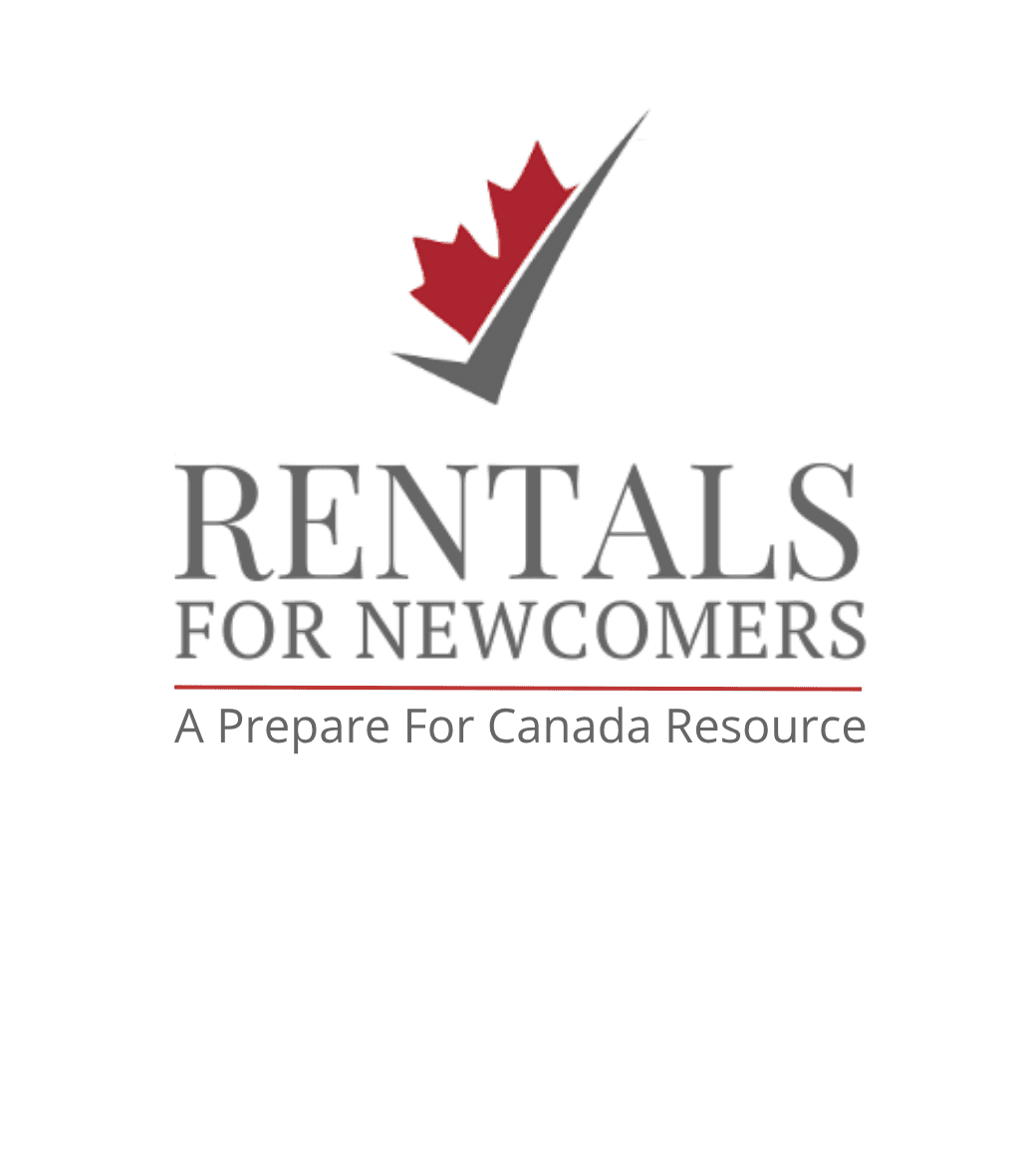
When arriving in a new country, newcomers face many changes and challenges, and some of the most important relate to employment. While it’s vital to learn how to navigate the economic, social, and cultural landscapes, understanding Canadian employment law is essential. A basic understanding of employment law can ensure fair treatment, protection of rights, good negotiations, and adequate labour conditions. This guide introduces you to employment contracts, employment standards, wages, termination, and employee rights and protections. The article will equip you with the necessary knowledge to perform successfully in Canadian workplaces, ensure fair treatment, and protect your rights.
Canadian Employment Contracts
In Canada, as in other countries, employment contracts are the basis of employment relationships. These legally binding documents define employees’ and employers’ respective rights and obligations. Canadian employment law allows either written or verbal contracts. When there’s no written employment agreement, the terms of employment are implied based on common law and statute. However, a written agreement is often recommended because it provides specifics of employment terms. It may also include termination rights above those the employee would be entitled to under common law and statute. Enforcing an employment contract can depend on whether the employee was aware of and properly understood the key terms of the contract at the time of signing the agreement.
A written contract specifies crucial details such as job responsibilities, working hours, compensation, benefits, and termination conditions. Always read an employment contract carefully before signing it. It is important that you fully understand your rights and obligations under the agreement. Seek legal help if you need it. In Canada, there are for types of employment contracts:
1. Permanent or Indefinite Employment Contract:
This is the most common type of employment contract. It regulates labour relationships within companies. It can be a part- or full-time contract. The termination date is not fixed, so the employment relationship continues until the employer or the employee terminates it.
2. Fixed-Term Employment Contract:
This type of contract provides for a fixed termination date. The employment relationship ends on this date, without the need for either the employer or the employee to end the contract. A fixed-term employment contract may provide for renewal clauses.
3. Independent Contractor Agreement:
This type of contract is between an independent contractor and a client for consulting or other services. It can be a short-term or long-term agreement.
4. Collective Bargaining Agreement:
If employees are part of a labour union, the union and the employer negotiate the contract. Union contracts generally include terms related to working conditions, wages, grievance procedures, etc. The terms of these contracts are negotiated using collective bargaining agreements.
Employment Standards
Employment Standards are those laws and regulations that govern labour relationships. They outline employment-related matters, such as hours of work, wages, overtime pay, leave, and termination. The most important standards are the provincial Employment Standard Acts, which outline employment conditions at a local level. Each province and territory has its own set of rules, so it is important to become familiar with the specific laws applicable to your jurisdiction. If you are part of a labour union, it is also important to know about federal regulations such as the Canada Labour Code.
If you want more information about employment standards in Canada, you can search the following sources:
Federal labour standards
Government of Canada – Labour Program
Canada Labour Code
Employment Standards Province or Territory
British Columbia Employment Standards
Employment Law Related to Wages and Compensation
In Canada, the provincial minimum wage varies. However, federal regulations concerning wages and compensation are enforced throughout the country. Employees in federally regulated businesses or industries have several protections regarding pay entitlements.
According to federal labour standards, employees of federally regulated employers are entitled to at least the minimum wage. If the province’s minimum wage is higher than the federal minimum, then employers must pay based on the province’s wage. Minimum wage rates are subject to change, and they may vary depending on the activity performed and the population. For this reason, it is important to review which is the current wage when calculating the costs of work. In
Ontario, the minimum hourly rate was recently updated.
| MINIMUM WAGE RATE | RATES PER HOUR (Oct 1, 2023 – Sept 30, 2024) |
|---|---|
| General minimum wage | $16.55 |
| Student minimum wage | $15.60 |
| Liquor servers minimum wage | $16.55 |
| Hunting, fishing and wilderness guides minimum wage | $82.85 Rate for working less than five consecutive hours in a day $165.75 Rate for working five or more hours in a day whether or not the hours are consecutive |
| Homeworkers wage | $18.20 |
Laws requiring equal pay for equal work apply in various provinces, regardless of gender or other factors. If you believe you are not being paid fairly, you can contact your provincial or territorial employment standards office for assistance. If you’re a newcomer, it’s important to know the minimum wage in your area and ensure that your employer is paying you fairly.
| PROVINCE | MINIMUM HOURLY WAGE |
|---|---|
| Alberta | $15.00 |
| British Columbia | $16.75 |
| Manitoba | $14.15 |
| New Brunswick | $14.75 |
| Newfoundland & Labrador | $14.50 |
| Northwest Territories | $16.05 |
| Nova Scotia | $14.50 |
| Nunavut | $16.00 |
| Ontario | $15.50 |
| Prince Edward Island | $14.50 |
| Quebec | $15.25 |
| Saskatchewan | $13.00 |
| Yukon | $16.77 |
Moreover, ensure you understand how your employer calculates your wages and pays you. Keep a record of the hours you work to monitor your earnings accurately.
Related Posts:
How to Negotiate a Salary | A Guide for Newcomers
Contract Employment is Beneficial for Newcomers
Working in Canada | A 5-Step Approach
Employment Law | Termination and Notice

The Employment Standards Act (ESA) in each province outlines the terms and conditions for terminating employment contracts. These standards specify the conditions when employment is terminated. For instance, in Ontario, it occurs if the employee is:
- Dismissed or no longer employed
- “Constructively dismissed,” or there is a “temporary layoff”.
These standards also outline the conditions where an employer must provide the employee with a notice of termination, termination pay, or a combination of both. Those conditions vary depending on the province. In Ontario, the ESA establishes that employees do not have to provide notice to their employer if they choose to resign. However, employers must provide reasonable notice or pay in lieu of notice when terminating an employee, unless certain exceptions apply. The length of notice or pay depends on various factors, such as the duration of employment, the position held, and the terms of the employment contract. It is important to understand your rights in case of termination and seek legal advice if you believe you have been unjustly dismissed.
Employment Law and Employee Termination in Ontario
In Ontario, employers must provide you with written notice of termination and adhere to specific rules in particular situations. For example, if you work for an employer for more than three months, under the ESA, an employer can end your employment. However, an employer can only do this if they provide written notice, at the end of the notice period. Nonetheless, an employer may terminate employment without written notice or by providing a notice period of
lesser duration than mandated if they remit termination pay.
If the employer fails to comply with the provincial ESA, they must give the employee termination pay instead of notice. Familiarity with the relevant ESA gives employers the required knowledge to navigate the employment termination process. Simultaneously, it empowers employees to ascertain the prerequisites that must be met in such situations and to understand the right course of action if compliance with provincial rules is not observed.
Canadian Employment Law | Employee Rights and Protections
Federal and provincial laws are in place to ensure your rights and legal protections in the workplace. These Canadian employment laws outline workers’ rights, responsibilities, and legal protections. They also ensure gender equality, safe labour conditions, and fair employment practices.
Federal labour standards set out minimum requirements of employment, such as working hours, overtime pay, minimum wage, and termination notice.
Employers must provide safe and healthy workplaces. Workers can refuse to work in unsafe workplaces without any
reprisal. Federal and provincial laws protect employees from discrimination and harassment based on:
- Race
- Religion
- Gender
- Disability, and other characteristics.
Privacy laws protect workers’ privacy in the workplace. Workers have unemployment insurance. Unions have the right to collective bargaining to negotiate employment contracts. There are parental and maternal leaves. Workers can safely report wrongdoing in their workplaces: the law protects them from retaliations.
Conclusion
Understanding Canadian employment law and labour law is vital for newcomers. By learning about employment contracts, standards, wages, termination procedures, and employee rights, newcomers confidently join the Canadian workforce. The right information will ensure you know your rights and receive fair treatment in the workplace. Seek legal advice from an employment lawyer if you have any questions or legal issues.
Sources
Government of Canada:
Employment Insurance Benefits and Leave
Maternity and Parental Benefits
Termination, layoff or dismissal

